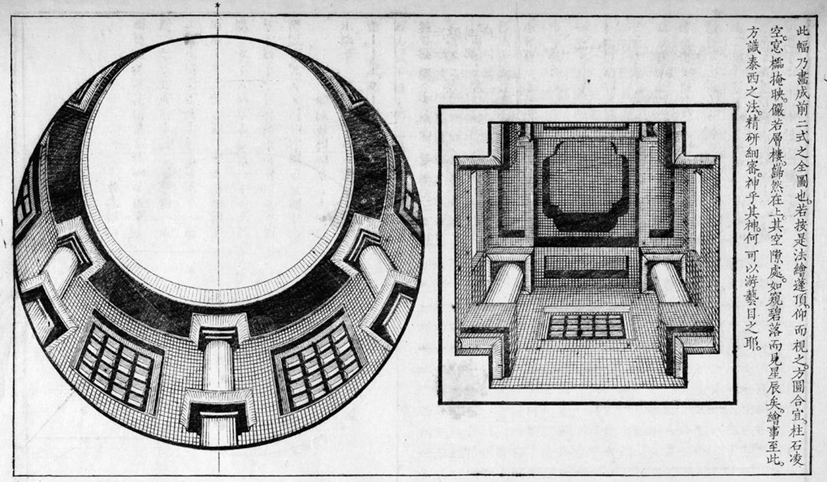
Comparing Western Perspectives and Eastern Axonometries in Jesuit Missions in China between 16th and 18th Century
Abstract
At the end of the 16th century, the Renaissance western perspective at the height of its technical conventionality arrived in China through the Jesuit missions, as the founding tool of Christian iconography. In addition to the reducciones in Latin America, from 1582 to 1773, the Jesuits engaged in the difficult task of evangelizing China. Among these, Alessandro Valignano was the first who theorized a model of acculturation based on Christian principles that would adapt to the culture of the civilizations that had to be converted, and he released his integration guidelines in Asia with his Cerimoniale per i Missionari del Giappone (1581). Considered the creators of sinology, the Jesuit missionaries gave life to a fruitful cultural exchange, bringing Chinese culture closer to the knowledge of Europe (and vice versa), introducing to Far East different western sciences and techniques: together with lenses, hydraulic machines and astronomical theories, painting had a primary role in the precise Jesuit strategy. However, while the Chinese accepted European astronomy for practical reasons as a better method of ordering the rites that related heaven, emperor and his subjects, the same did not happen with the figurative arts, especially with painting and perspective representation.
This contribution focuses on some Jesuit fathers, such as Matteo Ricci (1552-1610), Giulio Aleni (1582-1649) and Giuseppe Castiglione (1688-1766), engaged in the complex work of religious and scientific dissemination in China, where representation played a singular role. The local figuration conquered the colonists themselves who, due to the failure of the western perspective, adopted the Chinese way of drawing. In fact, Christian scenes were illustrated according to the rules of descritpive geometry of the cavalier axonometry, as can be seen from the tables of the Method of the rosary (Song nian zhu gui cheng) by João da Rocha (c. 1620).
DOI: https://doi.org/10.20365/disegnarecon.25.2020.19
Keywords
Full Text:
PDFRefbacks
- There are currently no refbacks.
Copyright (c) 2020 Veronica Riavis
DISEGNARECON
ISSN 1828 5961
Registration at L'Aquila Law Court no 3/15 on 29th June, 2015.
Indexed in SCOPUS. Diamond Open Access. All papers are subjected to double blind peer review system by qualified reviewers.
Journal founded by Roberto Mingucci
